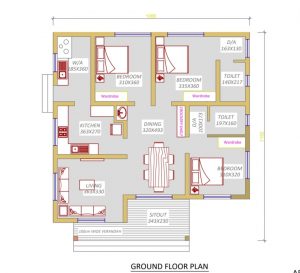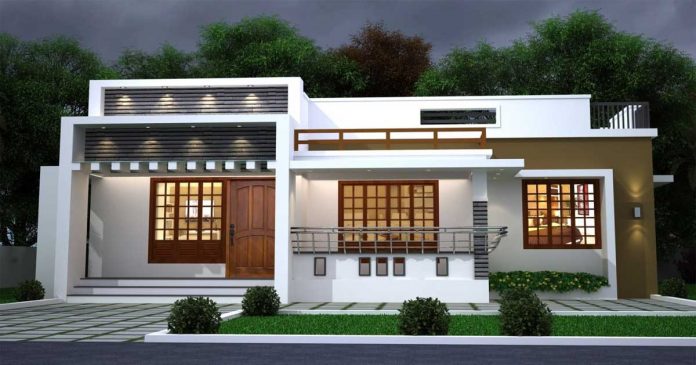The pursuit of effective use of space, user well-being and functional design has contributed to the development of the contemporary interior design profession. The profession of interior design is separate and distinct from the role of interior decorator, a term commonly used in the US; the term is less common in the UK, where the profession of interior design is still unregulated and therefore, strictly speaking, not yet officially a profession.
In the mid-to-late 19th century, interior design services expanded greatly, as the middle class in industrial countries grew in size and prosperity and began to desire the domestic trappings of wealth to cement their new status. Large furniture firms began to branch out into general interior design and management, offering full house furnishings in a variety of styles. This business model flourished from the mid-century to 1914, when this role was increasingly usurped by independent, often amateur, designers. This paved the way for the emergence of the professional interior design in the mid-20th century.
Total Area : 1250 Square Feet
Location : Kuruvilangad, Kottayam
Owner : Bibeesh
Contractor : Karekadu Construction
Email : karekaduconstructions@gmail.com
Contact : +974 30131795 (Whats-app No)
Sit out
Living room
Dining area
3 Bedroom
2 Attached bathroom
Kitchen
Work area
Elsie De Wolfe was one of the first interior designers. Rejecting the Victorian style she grew up with, she chose a more vibrant scheme, along with more comfortable furniture in the home. Her designs were light, with fresh colors and delicate Chinoiserie furnishings, as opposed to the Victorian preference of heavy, red drapes and upholstery, dark wood and intensely patterned wallpapers. Her designs were also more practical; she eliminated the clutter that occupied the Victorian home, enabling people to entertain more guests comfortably. In 1905, de Wolfe was commissioned for the interior design of the Colony Club on Madison Avenue; its interiors garnered her recognition almost over night. She compiled her ideas into her widely read 1913 book, The House in Good Taste.
The interior design profession became more established after World War II. From the 1950s onwards, spending on the home increased. Interior design courses were established, requiring the publication of textbooks and reference sources. Historical accounts of interior designers and firms distinct from the decorative arts specialists were made available. Organisations to regulate education, qualifications, standards and practices, etc. were established for the profession.
Interior designer implies that there is more of an emphasis on planning, functional design and the effective use of space, as compared to interior decorating. An interior designer in fine line design can undertake projects that include arranging the basic layout of spaces within a building as well as projects that require an understanding of technical issues such as window and door positioning, acoustics, and lighting. Although an interior designer may create the layout of a space, they may not alter load-bearing walls without having their designs stamped for approval by a structural engineer. Interior designers often work directly with architects, engineers and contractors.













